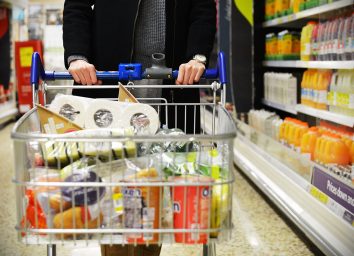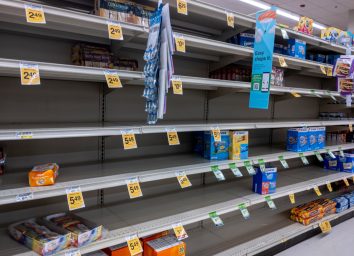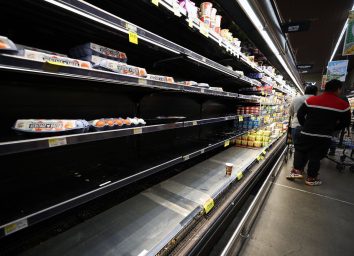The #1 Problem With Buying Your Groceries Online, New Study Reveals
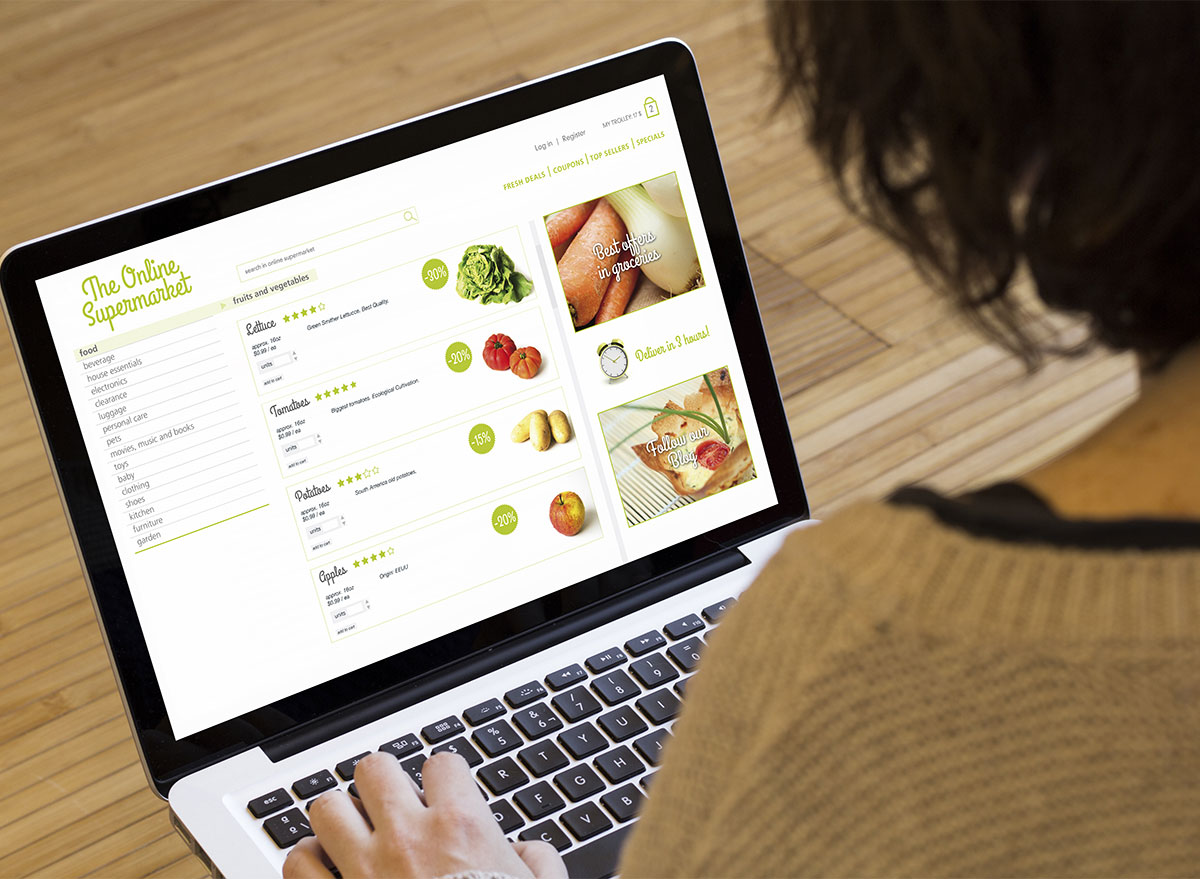
Online grocery shopping was already on the rise prior to the COVID-19 pandemic, but now that we’re in year three of the global health crisis, the trend has grown even more. Being able to have groceries delivered right to your door is not only convenient but also safer than going out to the grocery store amid the pandemic.
But a new study published in Public Health Nutrition has found that there is one major downfall to this convenient shopping option. A majority of online grocery retailers don’t have nutrition facts, ingredients, and allergen information readily available on online listings of products—a factor that is required by U.S. law to appear on the physical packaging of food products in all brick and mortar stores. Keep reading to learn more about this problem, and then check out these 6 Things You’ll See at Costco This Year.
To better understand what information appears on products sold by online grocers, researchers from the New York University School of Global Public Health and the Friedman School of Nutrition Science and Policy at Tufts University analyzed 10 major products across nine major online grocery retailers. They focused on bread, cereal, and drinks for the study.
On average, nutrition facts appeared online only 36.5% of the time. Potential allergens were only disclosed on 11.4% of the products in the study.
Related: 5 Myths About Online Grocery Shopping
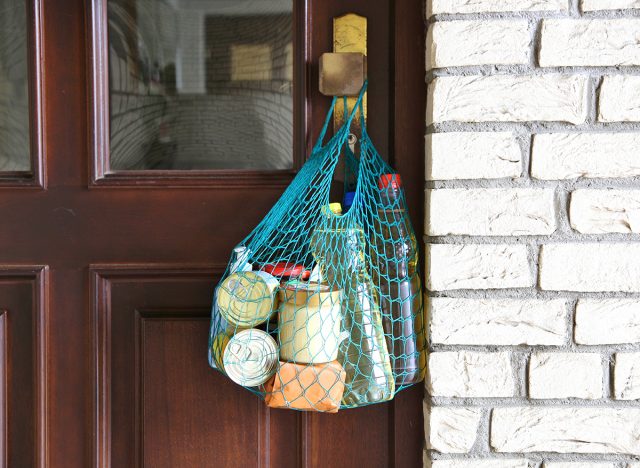
“Information required to be provided to consumers in conventional grocery stores is not being uniformly provided online—in fact, it only appears on roughly a third of the online grocery items we surveyed,” said lead author of the study, Jennifer Pomeranz, an assistant professor of public health policy and management at the NYU School of Global Public Health.
This may mean that online grocery shopping can potentially lead you to unknowingly make less healthy choices. For example, if you’re following a low sodium diet due to blood pressure issues, you may not be able to recognize which items are best for you to purchase since the nutritional values aren’t listed.
“Labeling requirements are intended to protect consumers who are largely unable to protect themselves,” Pomeranz said. “This is even more salient for online sales where consumers cannot directly inspect products. At a minimum, the entire required nutritional information panel should be made visible and legible for consumers shopping for their groceries online.”
Online grocery shopping was already gaining momentum before COVID-19 emerged, but now researchers predict that up to nearly 22% of all grocery shoppers will switch to online by 2025.
“Our study shows that the online food shopping environment today is a bit of a ‘Wild West,’ with incomplete and inconsistent provision of required nutrition information to consumers,” said the study’s senior author, Dariush Mozaffarian, dean of the Friedman School. “Online shopping will only continue to grow, and this creates an excellent opportunity to positively influence consumers to make healthy and safe choices. We need to leverage this chance to help make progress against the nutrition-related health crisis in this country.”
For more, check out the 5 Healthiest New Trader Joe’s Foods, According to Dietitians.

